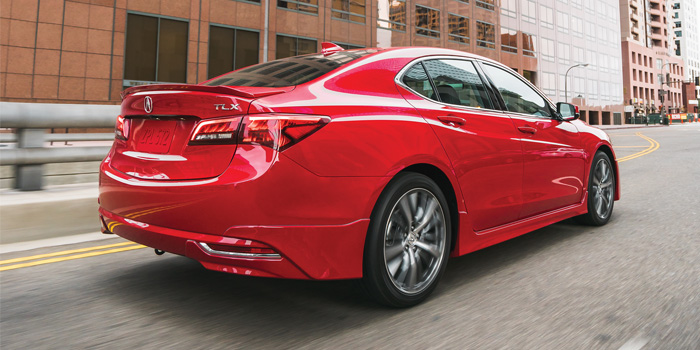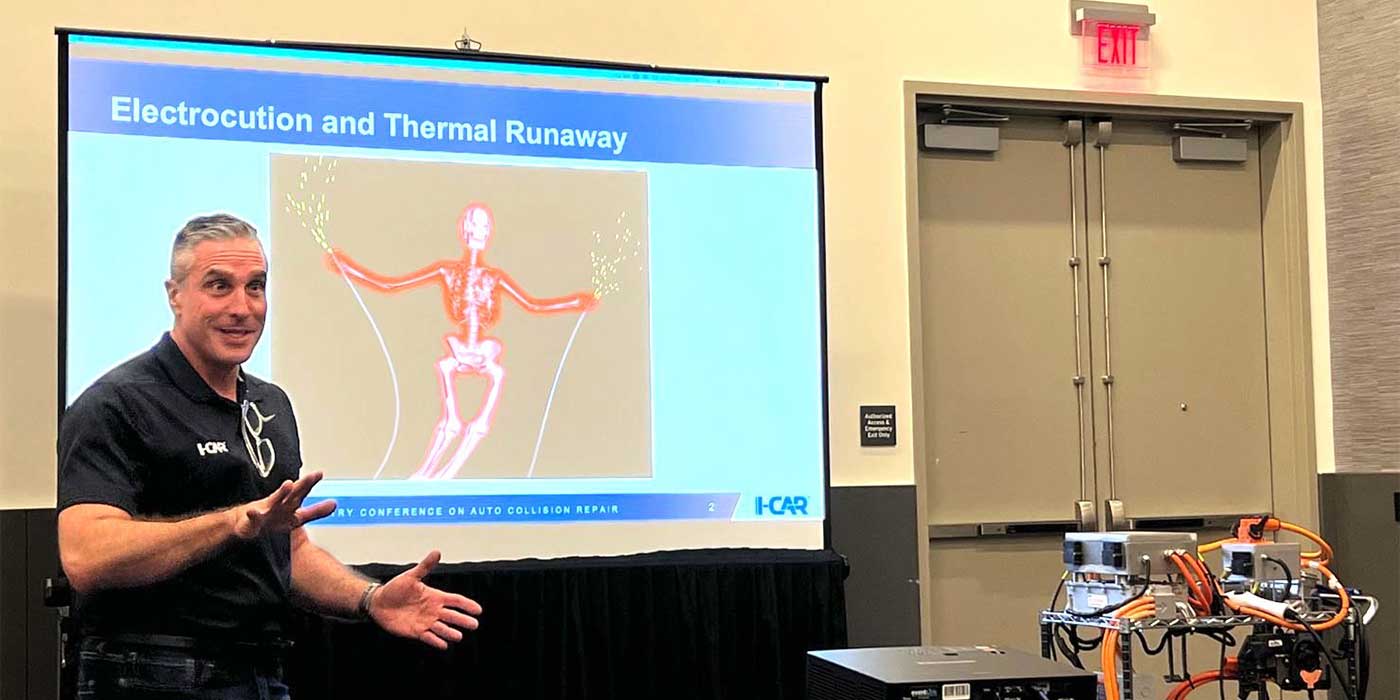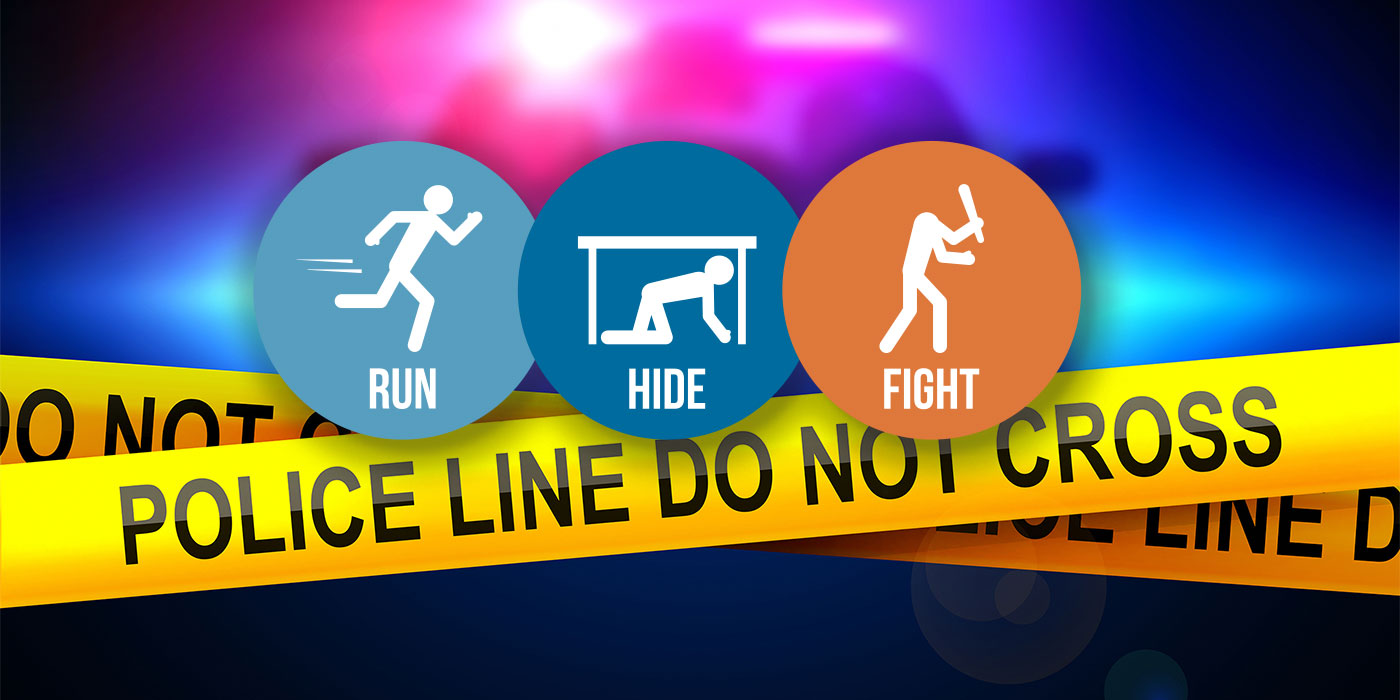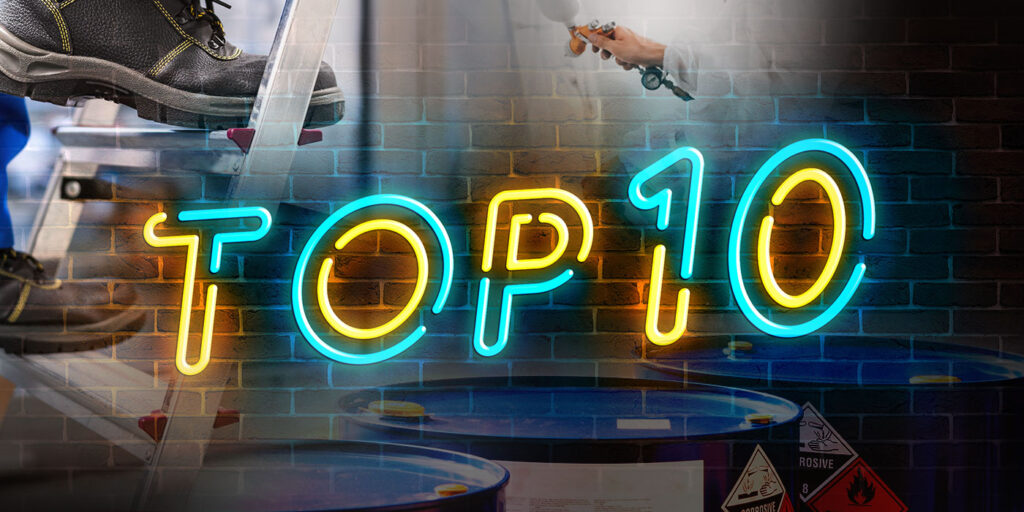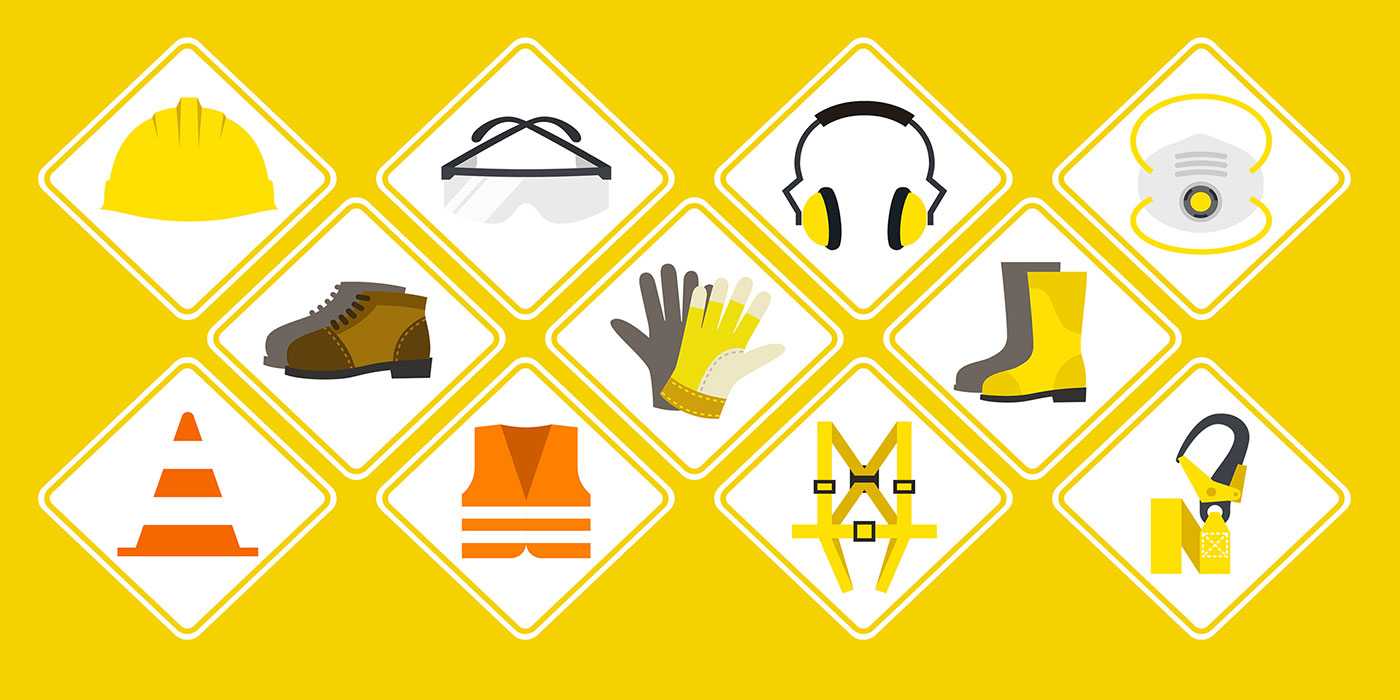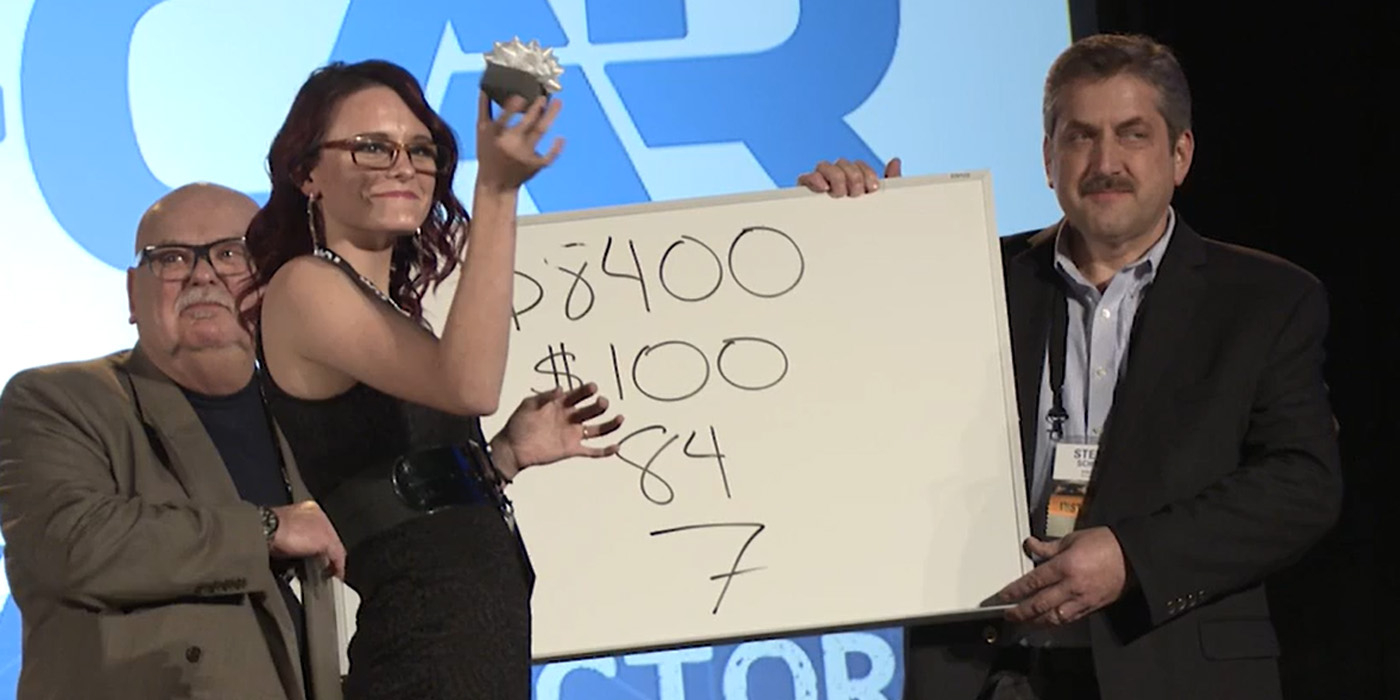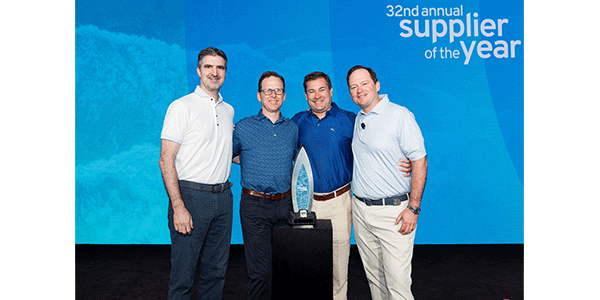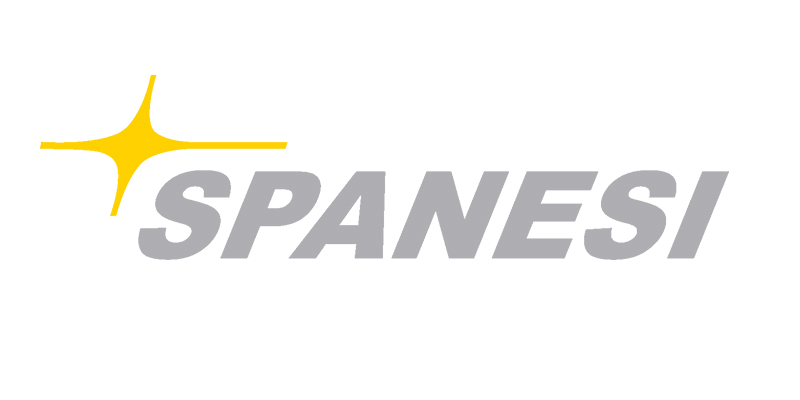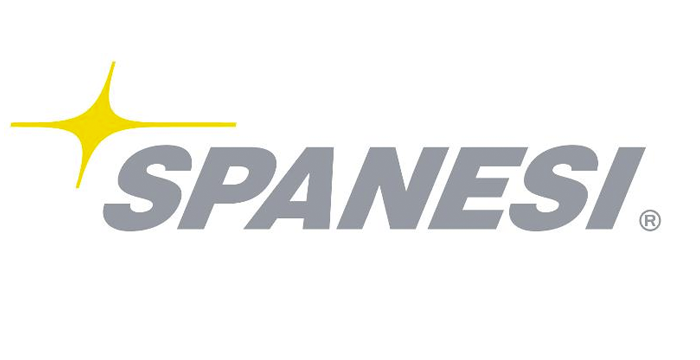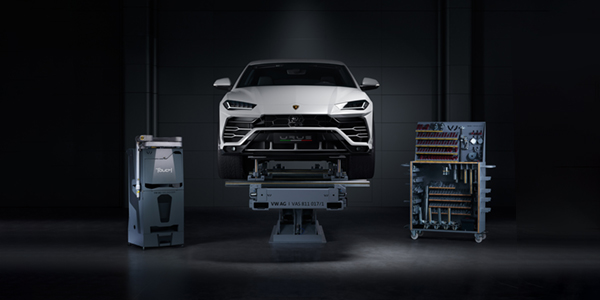Increased visibility, consumer confidence and quality results – these are some benefits body shops gain from OEM certification programs. And, suppliers producing everything from welding equipment to paint systems say that being recognized or approved by an OEM ultimately can help them grow their businesses. Meanwhile, consumers pull out of collision repair shops knowing that their vehicles are back to “original” condition.
OEM recognition programs are a triple win. “What’s important to us is that our customers are leaving shops with their vehicles repaired the way they are supposed to, and that they had a good experience,” says Tiffany Stroupe, Hyundai’s senior manager of parts and sales.
From an auto industry perspective, OEM approval and certification programs drive repair accountability. “We want to make sure that our standards are set so everyone is thinking about quality,” Stroupe says.
But of the estimated 35,000 body shops in the country, only about 10 percent have the proper tools, equipment, training and facility modifications to properly repair vehicles on the road today, Stroupe notes.
To be sure, certification and OEM approvals differentiate body shops and suppliers that are staying on top advances. And, because vehicles have grown more complex in their construction – involving more sophisticated materials – programs that specify training, equipment and other shop requirements are growing in demand (though OEM approvals, recommendations and certifications are nothing new).
“With the use of exotic metals that need specific welding equipment, more OEMs recognized, ‘We need to give guidance to shops and tell them what’s approved for welding this vehicle,’” says Bill Berman, president, Cebotech, Inc. Berman speaks specifically to welding, but his point touches every aspect of the collision repair market.
“There is much more of a focus on OEM approvals, and that is being driven by the OEMs,” says Jeff Wildman, North American key account manager, OEM & Industry Relations, BASF.
Here, BodyShop Business takes a look at the evolution of today’s OEM-recognized programs for suppliers and collision repair centers. There are benefits to all players – OEMs, body shops, suppliers and consumers.
What’s Certification?
Today’s vehicles call for different repair processes, along with training and equipment, to support quality results. Vehicles include complex collision avoidance and mitigation technology, and new materials.
“It’s difficult for the industry to keep up,” says Gary Ledoux, assistant national manager, American Honda Motor Co., who is building out Honda’s ProFirst body shop recognition program. “You can’t just repair today’s cars with yesterday’s methods and technologies and expect them to be repaired properly and safely. That’s why we specify training, or verification of proper procedures and methods, as a key component to our program.”
Overall, OEM certification and recognition programs raise industry standards.
“It brings up the game level for all players in the industry, and it makes us all step up to the plate,” says Mark Weinmann, OEM account manager at Car-O-Liner.
“We want to make sure that our standards are set so everyone is thinking about quality,” says Hyundai’s Stroupe. Hyundai rolled out its Hyundai Recognized Collision Repair Center Program in July 2015. By fall 2016, the program already included 1,250 dealers. “This is the fastest ramp-up that the Assured Performance Network has seen – it was like a pent-up demand,” she says.
Tim Morgan, managing director at Spanesi Americas, points out that repair procedures today are more vehicle-specific. “It’s not like you can repair every car the same way,” he says. This is in part why OEMs are driven to roll out programs, he notes.
A “generic” repair might look fine but could compromise the integrity and safety of the vehicle. “A technician can change the whole dynamic of how a car will react in a collision,” Morgan says.
John Eck, collision manager of GM’s Wholesaler Dealer Channel, Customer Care and Aftersales, notes that OEM programs raise the awareness of body shops to sharpen their training, tools and procedures. There’s a greater emphasis on I-CAR training and factory training.
And, he points out, there’s a difference between a formal certification program for shops and OEM approval or recognition. “There is a lot of confusion in the market, but ultimately what we want is for shops to follow OEM repair procedures so they can fix vehicles correctly and restore them back to pre-crash condition,” Eck says.
GM does not have a general certification program for body shops. However, GM did roll out the Cadillac Aluminum Repair Network to officially certify collision repair centers for working on the Cadillac CT6. “We worked with Cadillac and our structural engineer team to produce the repair procedures as well as the required criteria of the program,” Eck says. “Then, we collaborated and created a network of shops that can voluntarily participate when they pass the audit of having the right tools, equipment, training and facilities to work on that car.”
These shops tend to be higher-end businesses dealing with exotics and specialty vehicles. “Those who join the program are making an investment to do the repairs and be a part of our network,” Eck says, noting that there’s an ordering restriction on structural parts so only certified shops can access them. (Others can perform cosmetic repairs and get those parts).
“With a parts restriction, we validate that the repairs are going to be done by a professional in our certified network that has been validated and audited,” Eck says.
So, certification and programs, in general, are more prominent among OEs because of vehicle complexity. And, these programs raise standards in the industry. Finally, all parties recognize there are benefits to having the correct tools, equipment, training and facilities. It’s a clear competitive advantage.
“It opens the door,” says Wayne Tornow, director for Global Automotive OEM Development at Valspar Automotive. Speaking directly to dealerships, “Typically, dealers have to use an approved paint for warranty work.”
“With DeBeer Refinish, we have a proven product that went through years of the rigorous OEM approval process,” Tornow continues. “And, we’re gaining the benefits of more business in the dealership segment as a result.”
Boosting Shops’ Image
From the body shop perspective, certifications and OEM approvals elevate their visibility in the market and position them as a qualified leader, Car-O-Liner’s Weinmann says. “Certification offers a lot of plusses to shops, including notoriety,” he notes, adding that shops do invest time and resources in training and equipment. “It’s a real feather in their caps to gain certification, and OEMs direct their customers to those shops.”
“To the end-user, they know their cars will be repaired to near the manufacturer’s process and that the shop will get the car back to OEM specifications,” Weinmann adds.
Shops that are OEM-certified attract and retain better technicians, Weinmann notes. Because programs require a level of safety and overall shop maintenance, the work environment is usually superior compared to shops that have not invested in pursuing certification.
Frank Ponte, key accounts manager at Car-O-Liner, says that the return on investment in certification for shops comes by attracting new business. “And, business is directed to them [from insurers and OEMs],” he says. “That can mean developing and retaining customers for life.”
Ledoux says Honda ProFirst certified body shops receive a plaque, outdoor signage and various marketing collateral like posters and brochures. “We also give them exclusive access to a tech-line for questions, and free access to service and repair information and parts catalogues for Honda and Acura,” he says.
What shops love about being ProFirst certified, Ledoux says, is being represented on American Honda’s corporate consumer-facing website and shop locator, which is heavily promoted on social media. Additionally, Honda’s Roadside Assistance program asks Honda owners if they want to have their damaged cars towed to a ProFirst body shop.
“More than all these material things, shops get to be associated with a vehicle manufacturer whose owners are very loyal and put their trust in the brand,” Ledoux says. “Several shop owners have told us that customers say they went to a particular shop because, ‘If Honda thinks this shop is OK, then it must be.”
Consumer confidence is huge. Drivers can “cut through the clutter” when they see an OEM recognition logo, Hyundai’s Stroupe says.
Hyundai Recognized Collision Repair Center shops gain visibility and marketing opportunities within the Assured Performance Network program, Stroupe says, “whether they are on the program for Ford, Chrysler, Nissan or another OEM.”
Hyundai-recognized shops get a press release and can use the certification logo on collateral, as long as they continue to follow the program’s rules. Additionally, shops are included in various Hyundai websites through a shop locator.
“What’s important to us is that our customers are leaving shops with the vehicle repaired the way it is supposed to, and they feel good about it and had a positive experience,” Stroupe says. “Underlying that is that the car has the right fit, finish and quality of parts used.”
Supplying Approved Products
OEM recognition adds credibility to suppliers’ products, Cebotech’s Berman points out. “If the OEM approves it, it must be good,” he says.
That’s because rigorous testing and auditing precedes OEM recognition. The process of receiving acknowledgement from an OEM depends on the manufacturer and varies for different equipment and products.
At Celette, dedicated fixture sets are developed off of OEM-CAD drawings. “Thus, if they have provided us with the information, they approve dedicated fixture use for repair,” says Jennie Lenk, marketing coordinator.
Meanwhile, Celette’s electronic measuring system for damage diagnostics gained recognition from seven manufacturers, from GM to Nissan. Its benches are part of the recommended repair plans for more than 70 OEM programs. “That provides that the repair equipment is not only trustworthy but also undeniably accountable for safe, quality repairs,” Lenk says.
David Walden is president of E.C.S. Automotive Concepts, an OEM-approved company providing replacement VIN labels/decals for vehicles. He says it has taken the better part of 20 years involving info and data collection to earn approvals. He spent five years getting approvals from Chrysler, Ford and GM. Because E.C.S. is also certified by the Production Parts Approval Process (PPAP), that recognition meets the most stringent OEM standards and gives manufacturers peace of mind. “Once we became PPAP certified, it blanketed to every manufacturer,” he says.
Clearly, certification has been a competitive advantage. But there’s a significant investment in time and resources involved in earning OEM approvals. And, it can begin with collaboration during the OEMs’ R&D processes, Berman points out. Cebotech works directly with manufacturers as they are developing new metals to ensure its welding equipment can do the job.
“We are working together as new metals are coming out,” Berman says, noting that the company can determine whether its existing welding equipment will require modifications to manage future repairs. “We determine if the equipment that exists today will be able to weld efficiently and consistently, and if not, we have to come up with new technology.”
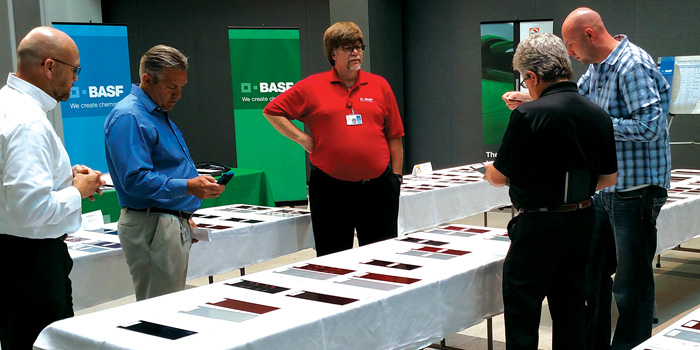
Securing relationships with manufacturers at this ground level is important for companies that become recommended suppliers. At BASF, Wildman works with manufacturers to understand OEMs’ needs. “We want to know what products they could use in different regions around the world because our products have to meet OEM specifications, environmental regulations and government regulations,” he says.
Approval involves partnerships with manufacturers, particularly on the refinish side, Wildman says. “Because of that, we understand what is coming up, and we work with our R&D for refinish and are prepared for those vehicles when they come out,” he says. “We have much more involvement in color trends, and we work with OEMs to develop colors three to five years out,” Wildman adds.
Earning recognition or approval means undergoing a series of testing, technical reviews and physical reviews. Valspar’s Tornow estimates investing $50,000 just for purchasing panels to paint for the approval process. They must demonstrate color match, along with meeting other qualifications. “For GM, they gave us 30 colors to match so they could review,” he says.
He estimates dedicating a minimum of two years to earning an approval. “We spend one to one-and-a-half years running our own tests,” Tornow says. Some OEM long-term testing can require one to two years of environmental exposure – or up to five years.
At PPG, Steve Topczewski , the OEM aftersales business development manager, says the company is proud of its dedication to earning OEM approvals. “When an OEM stands behind your product, it’s critical,” he says. “And with the growth of OEM-certified collision repair programs, many of those do require an approved paint supplier. We want to make sure that our products qualify body shops for those programs.”
Topczewski adds that many of PPG’s refinish products are also used in the manufacturing process, such as in SuperCabs. “We provide manufacturers with the confidence level to spray those systems internally for certain makes and models,” he says.
Approvals open up business opportunities. “Because we are a major supplier as an OEM, that has provided us with a great foundation on which to build our refinish products line.”
Garmat is an official supplier of the Dealer Equipment Program. “The reason that we are is because we do have quality equipment that meets specific performance criteria,” says Debbie Teter, director of marketing at Garmat. “With a Garmat paint spray booth, you’re going to keep the air flow performance that is required for the proper curing of paint.”
Teter relates that when shops purchase a spray booth that is OEM-approved and part of the Dealer Equipment Program, they can rest assured that the product is tested to high standards and will deliver quality.
Investing in Certification: What Next?
Not all body shops will pursue OEM certification – the investment can be considerable if a shop needs to completely revamp its equipment and retrain techs. More modest operations with a stable of loyal clients might decide the OEM affiliation is not critical for their business model.
Some consumers look at OEM-certified shops for repairs. Others go to where their insurer tells them or just want a low price. While the advantages of OEM affiliation are many, Berman points out that, from the shop end, “not all shops want or need” it. (As a supplier, the want and need for recognition is motivated by: access to dealer networks, approval in OEM certification programs, and a blessing from the OEM that a product is quality). Berman notes that progressive shops specializing in vehicles with advanced materials are upgrading their equipment and technology.
Spanesi’s Morgan suggests that shops consider their target markets when pursuing OEM certifications or buying new equipment. What type of cars does the shop repair? He says, “We always try to sit down with customers and find out what makes and models they work on, then we’ll look at the procedures and equipment required and whether OEMs have a program,” he says.

